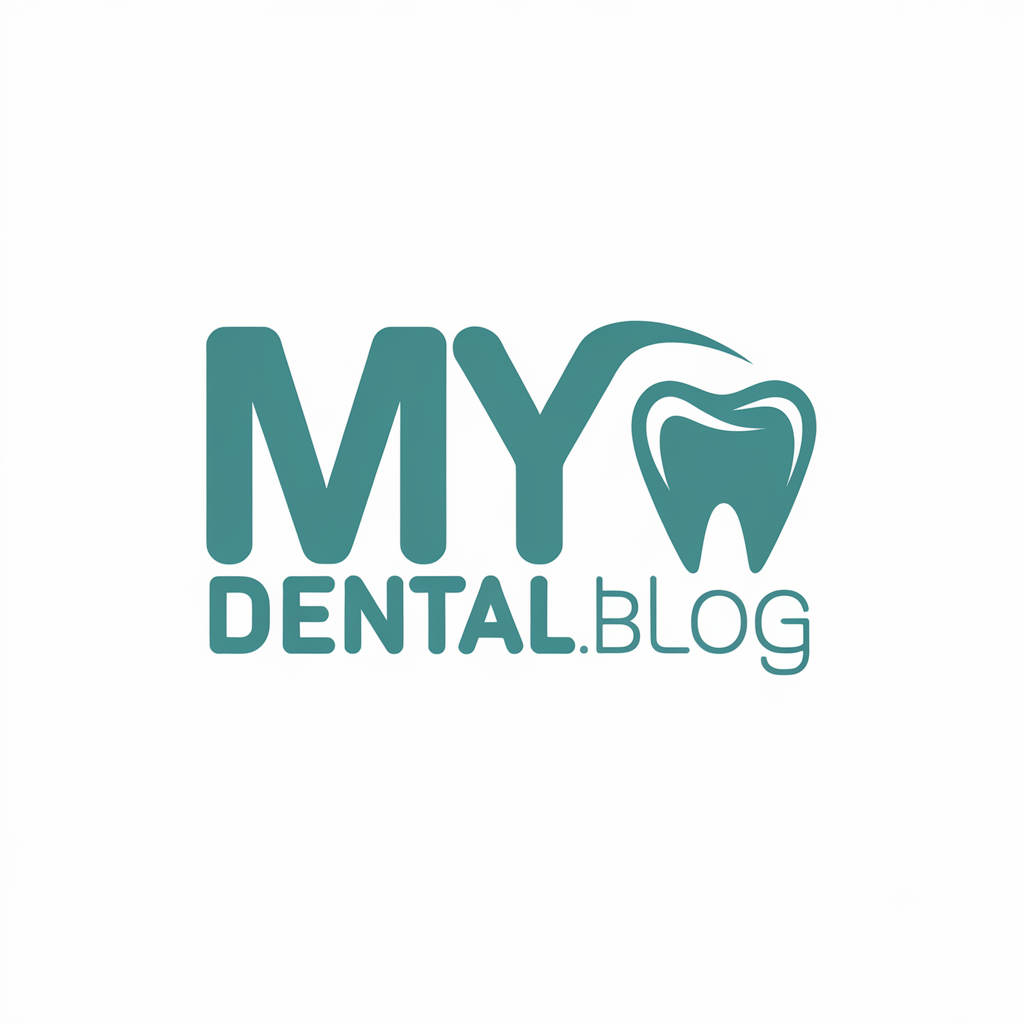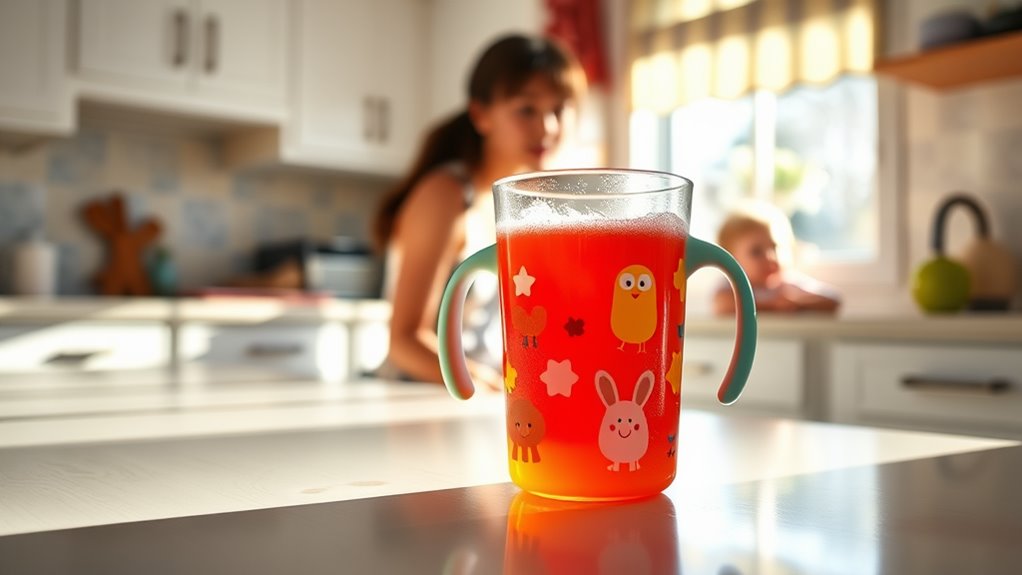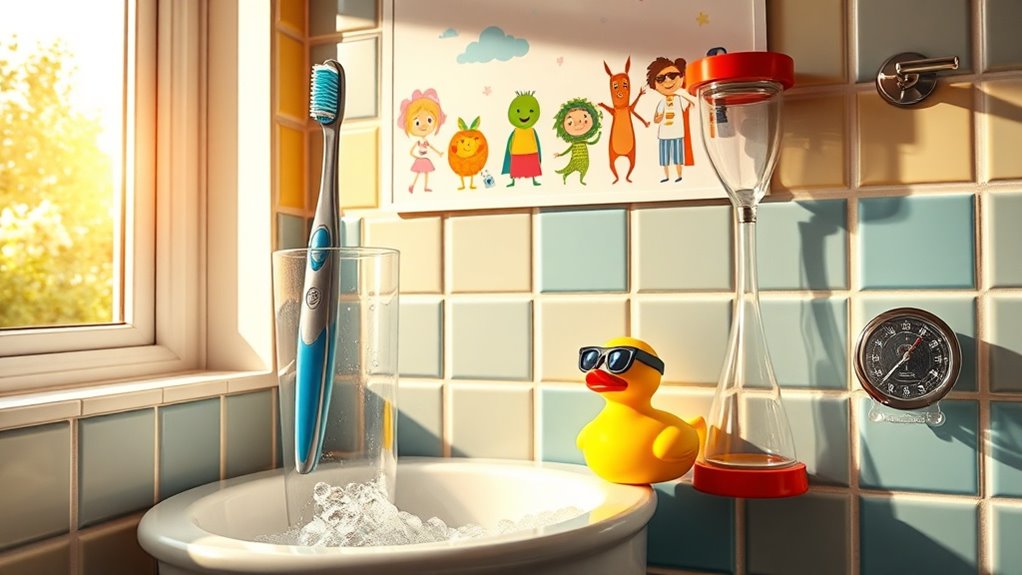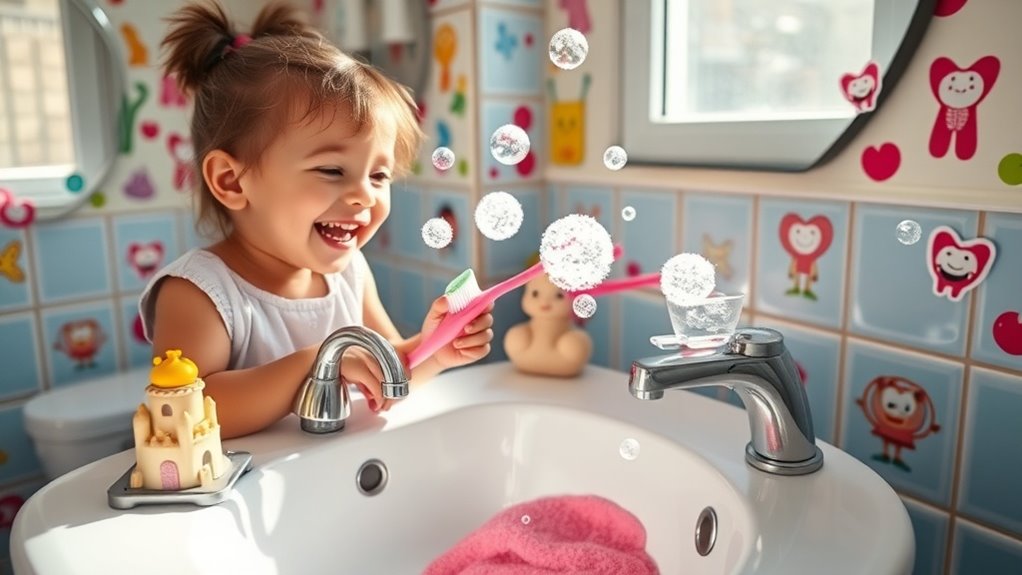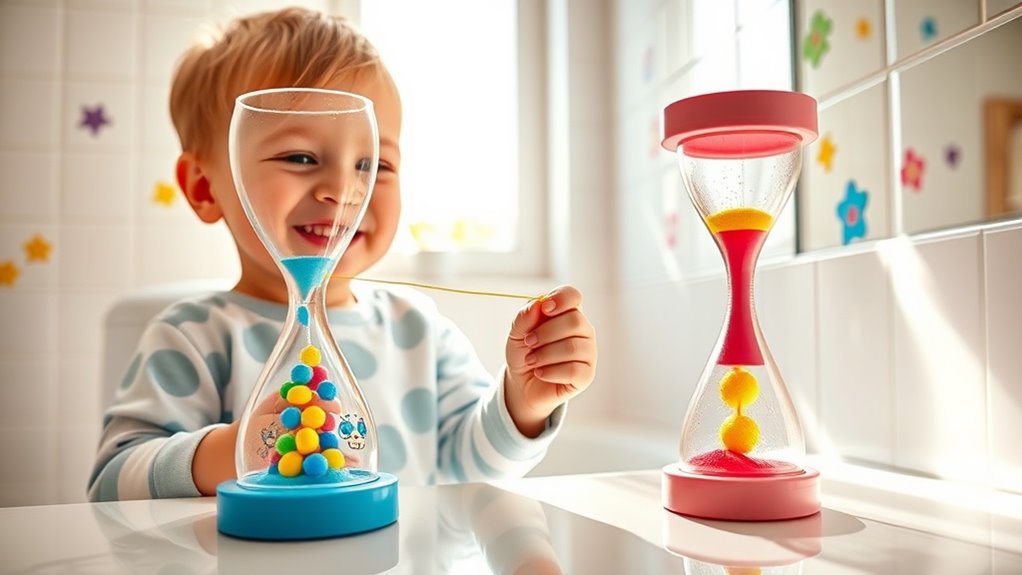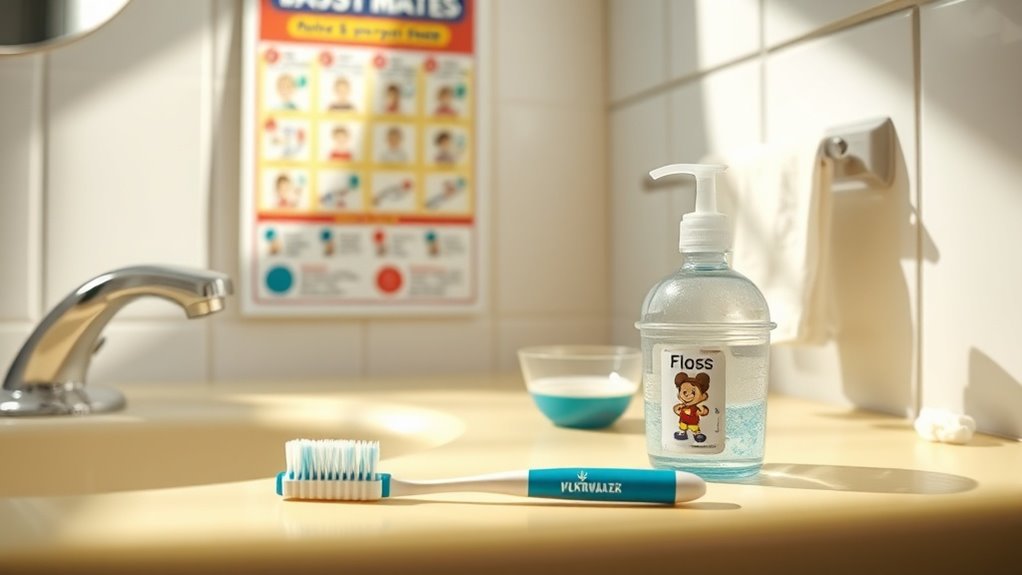Is Your Kid’s Sippy Cup Causing Cavities. Read This!
If your child uses a sippy cup, you might want to pause and consider its impact on their dental health. Many parents don’t realize that prolonged use, especially with sugary drinks, can lead to cavities. Continuous sipping keeps sugar on their teeth, creating a breeding ground for harmful bacteria. But what can you do to protect their smiles? Let’s explore some expert advice and healthier alternatives.
Understanding the Impact of Sippy Cups on Dental Health
While sippy cups can be a convenient tool for transitioning your child from bottles to regular cups, they can also pose risks to dental health if used improperly.
Many parents don’t realize that prolonged use of a sippy cup can lead to cavities. When kids sip continuously, especially from cups filled with sugary drinks, it creates an environment where bacteria thrive. These bacteria produce acid that can erode tooth enamel, leading to decay. To minimize risks, encourage your child to use a sippy cup only during specific times, and avoid letting them carry it around all day. It’s important to remember that sugary sodas and other sugary beverages can significantly increase the risk of cavities.
Opt for water or milk instead of sugary beverages, and make sure to establish a routine of brushing their teeth after they’re done.
The Role of Sugary Beverages in Cavities
Sugary beverages significantly increase the risk of cavities in children, especially when consumed frequently. You might think a little juice or soda is harmless, but those sweet drinks can wreak havoc on tiny teeth.
When kids sip on sugary drinks throughout the day, the sugar clings to their teeth, creating the perfect environment for bacteria to thrive. This bacteria produces acid, which erodes tooth enamel and leads to cavities. Regular consumption of diluting juice with water can lessen its impact on teeth.
As a parent, it’s essential to be mindful of what your child drinks. If they’re accustomed to sweetened drinks, it can be challenging to make changes, but your efforts will pay off in the long run.
Try swapping sugary beverages for water or milk, which are much kinder to their dental health. By promoting healthier drink choices, you’re not just caring for their teeth—you’re also fostering a sense of belonging to a community that values good health and well-being.
Expert Tips for Safe Sippy Cup Use
How can you ensure your child’s sippy cup is a safe choice for their dental health? Start by choosing a cup made from BPA-free materials, as safety should always come first.
Opt for cups with a one-piece spout to minimize bacteria buildup. Be mindful of what you fill it with; water is the best option. If your child craves flavor, consider diluting juice with water to reduce sugar exposure, as sugary snacks can feed harmful bacteria leading to cavities.
Limit sippy cup use to mealtime; extended use can lead to tooth decay. Encourage your child to switch to a regular cup as they grow, which helps develop their drinking skills and reduces the risk of cavities.
Lastly, establish a routine of brushing their teeth twice daily, making it a fun activity you can do together. By following these expert tips, you’ll foster a sense of belonging to a community that prioritizes healthy dental habits for all kids.
Signs of Early Childhood Cavities to Watch For
Have you noticed any changes in your child’s teeth?
It’s important to keep an eye out for early signs of cavities, as they can affect your child’s dental health and confidence.
Here are some signs you shouldn’t ignore:
-
Discoloration: Look for white, brown, or black spots on their teeth.
-
Sensitivity: If your child complains of tooth pain or sensitivity to hot or cold foods, it could be a warning sign.
-
Holes or Pits: Examine their teeth for any visible holes or pits, which can indicate decay.
Catching these signs early can make a big difference in your child’s dental health. Additionally, be aware that genetic factors can also play a role in your child’s cavity risk.
If you notice any of these symptoms, don’t hesitate to consult your dentist.
Remember, you’re not alone in this journey—many parents face similar concerns.
Taking action now can help ensure your child’s smile stays healthy and bright!
Healthier Alternatives to Sippy Cups
While sippy cups can be convenient for parents, they often contribute to dental issues in young children.
If you’re looking for healthier alternatives, consider transitioning to open cups or straw cups. Open cups encourage kids to sip like adults, promoting better oral habits and strengthening their jaw muscles. Straw cups are another great option, as they allow your child to enjoy their drink without prolonged exposure to sugary liquids. Additionally, it’s important to be aware that many common drinks, like sugary sodas, can significantly harm dental health.
You might also explore spill-proof cups that have a one-way valve, giving your child the independence they crave while minimizing mess. If you’re concerned about spills, training cups with handles can help your little one feel secure while they learn.
Ultimately, finding the right alternative can create a fun experience for your child.
Encouraging Good Oral Hygiene Habits in Young Children
After finding healthier alternatives to sippy cups, it’s important to focus on instilling good oral hygiene habits in your young child. By starting early, you’ll help your child develop a positive relationship with dental care.
Here are some simple ways to encourage good habits:
-
Make brushing fun: Use a colorful toothbrush and a toothpaste with a flavor your child enjoys. Sing a song or set a timer for two minutes to keep them engaged.
-
Lead by example: Show your child that you prioritize your own oral hygiene. Brush and floss together, turning it into a bonding experience.
-
Create a routine: Consistency is key. Establish a brushing routine after meals and before bedtime, so it becomes a natural part of their day.
